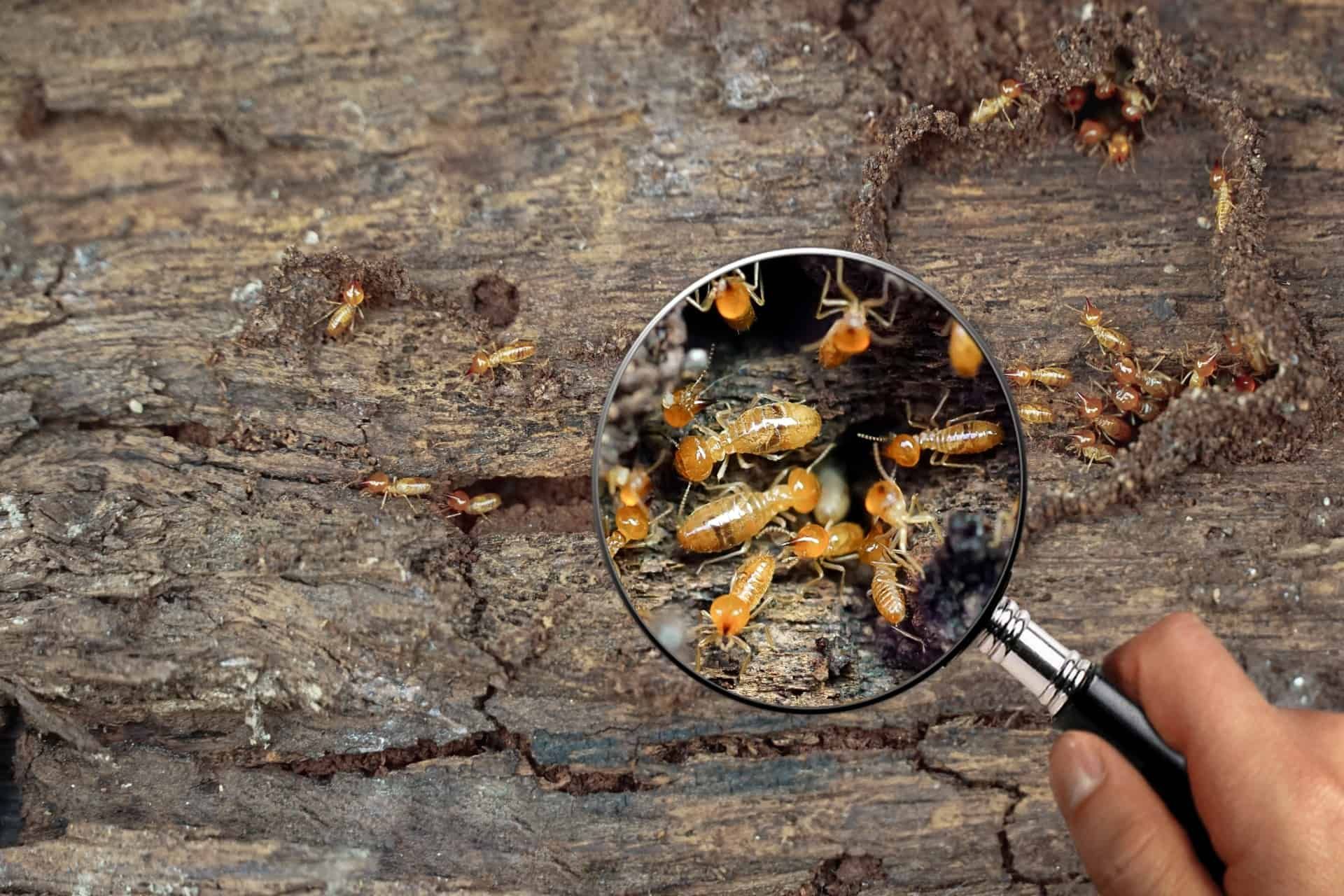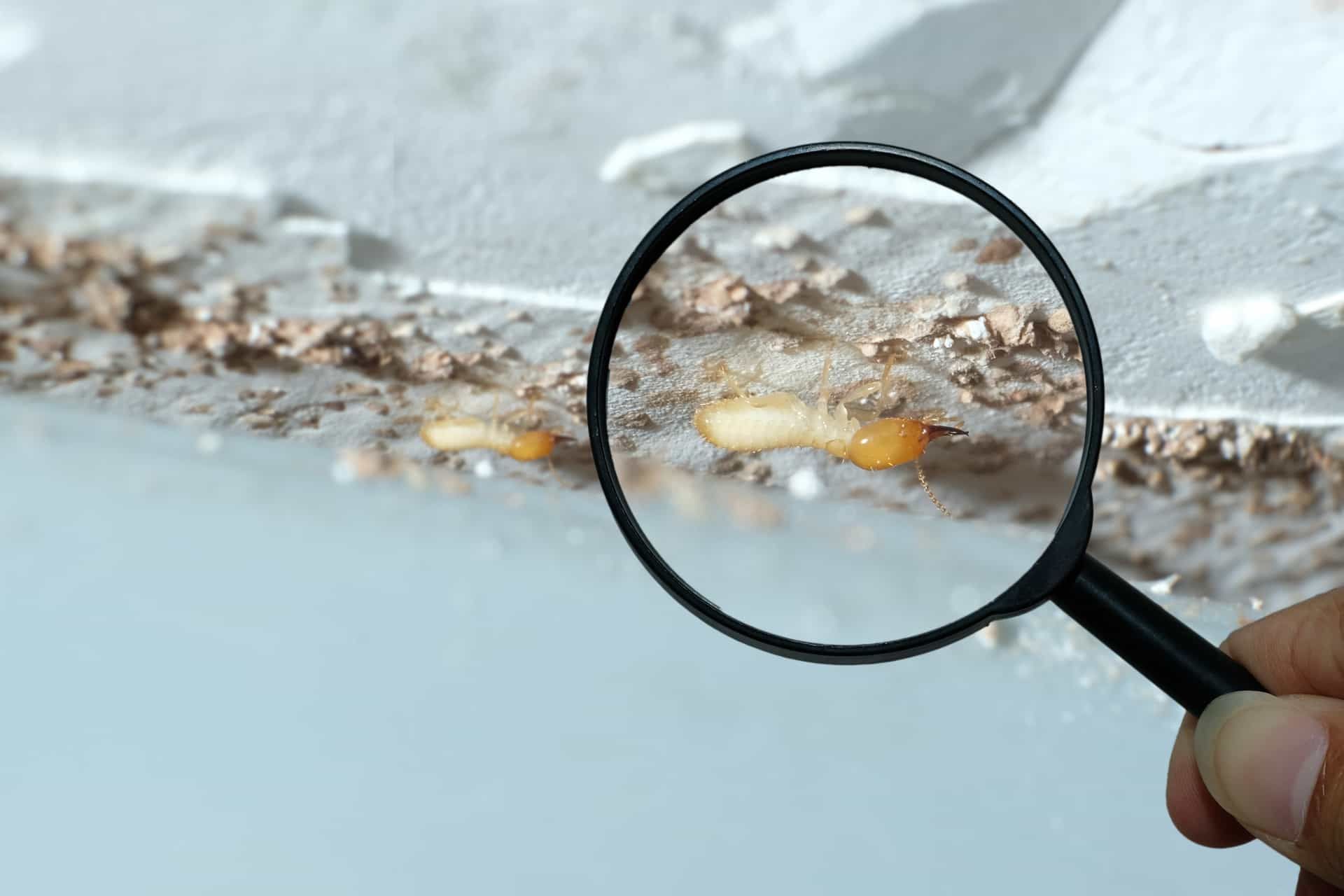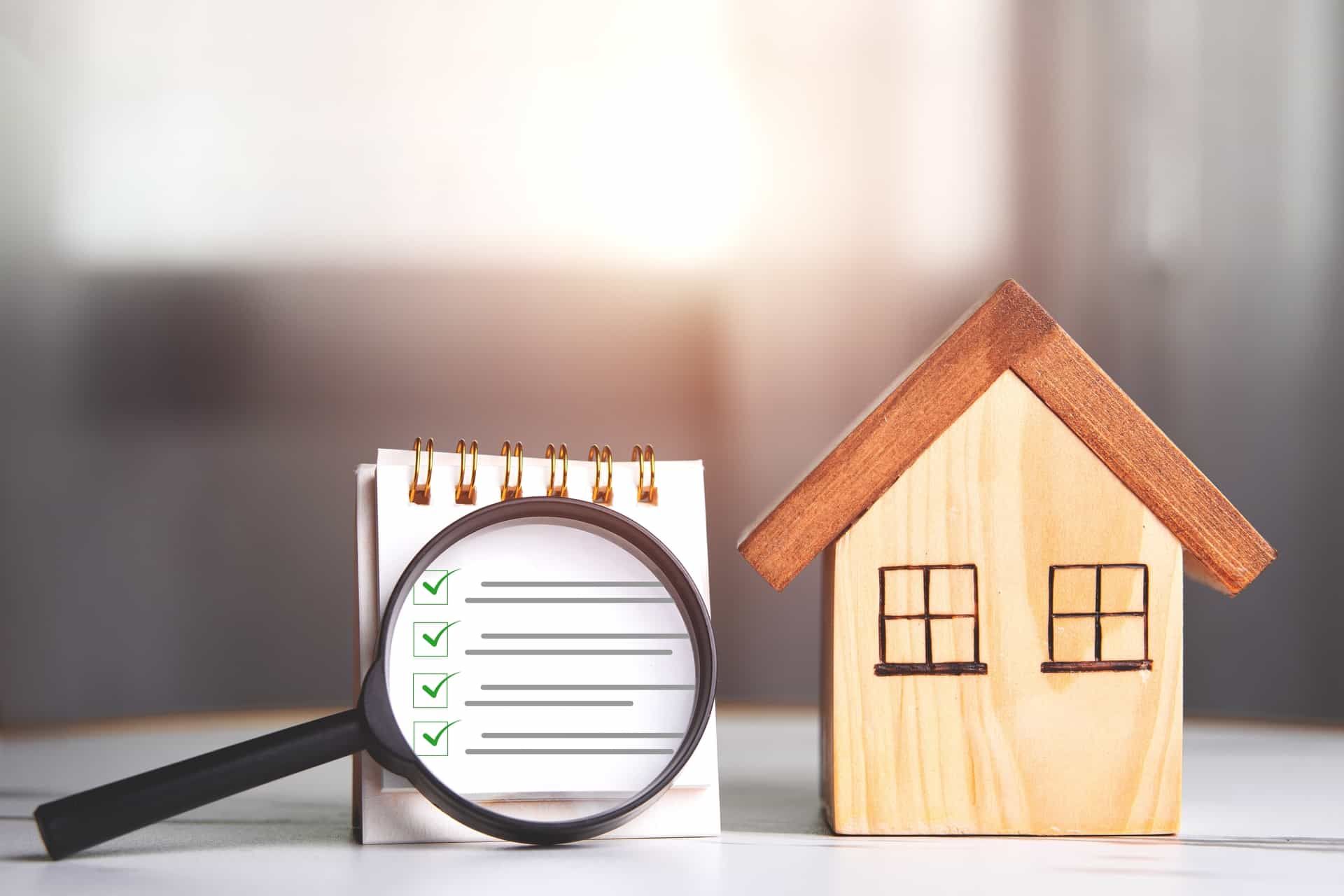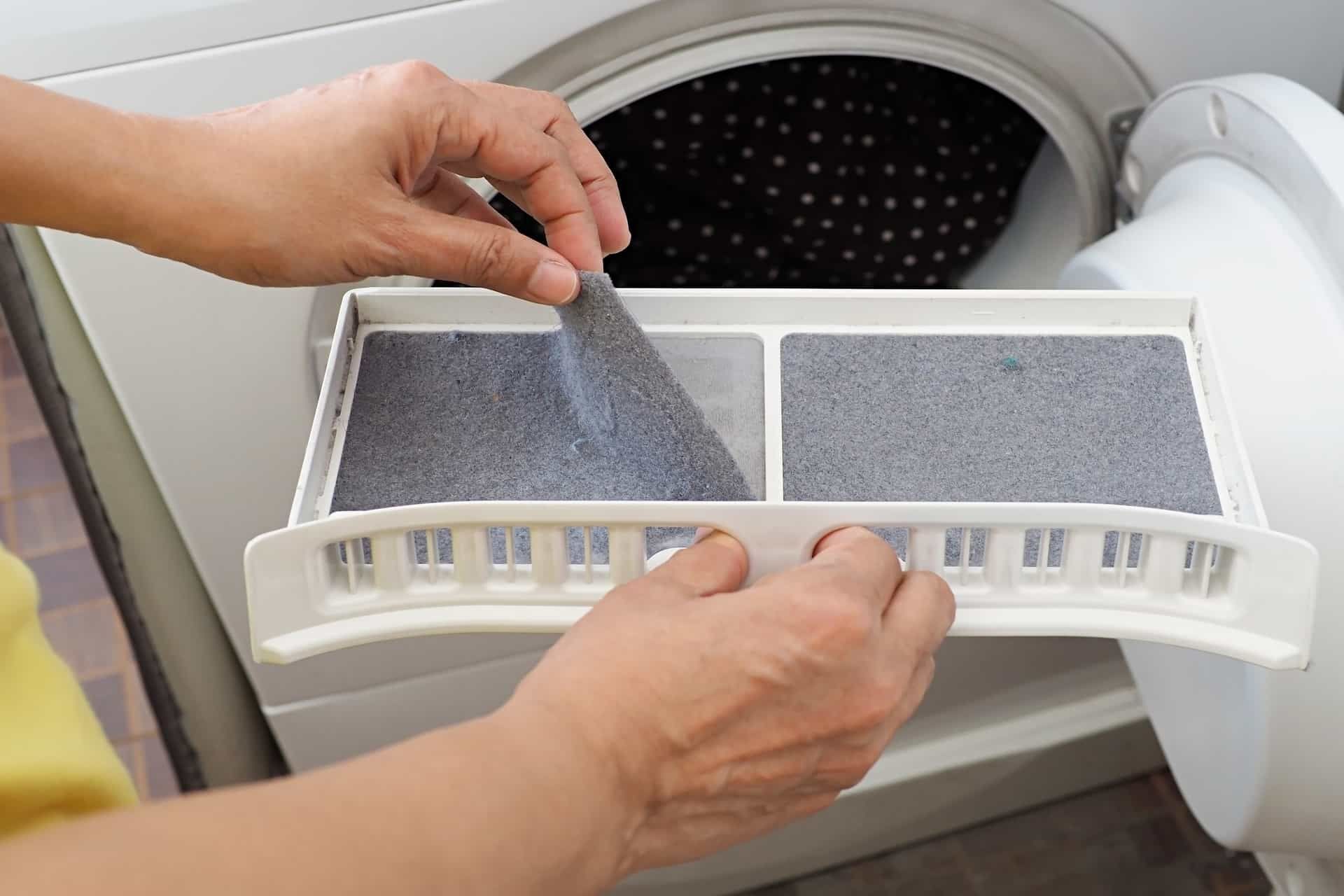How to Spot Signs of Water Damage During a Home Inspection
When purchasing a home or maintaining your current property, a thorough home inspection is essential. One of the critical aspects of a home inspection is identifying water damage, which can be a hidden yet costly issue. Water damage can lead to structural problems, mold growth, and significant repair expenses. Knowing how to spot signs of water damage can save you from future headaches and financial strain. In this comprehensive guide, we’ll explore the key indicators of water damage and how Protec Inspection Services can help you uncover these issues effectively.
Understanding Water Damage
Water damage occurs when excess moisture infiltrates a property and leads to deterioration. It can stem from various sources, including leaks, flooding, or inadequate drainage. Over time, water damage can compromise the integrity of your home’s structure, leading to issues like wood rot, mold growth, and weakened foundations. Identifying these issues early is crucial to prevent more extensive damage.
Key Indicators of Water Damage
1.Stains and Discoloration
One of the most visible signs of water damage is staining and discoloration on walls and ceilings. Look for:
Water Stains: Yellow, brown, or rust-colored stains on walls and ceilings indicate water infiltration. These stains often appear in circular patterns and can be a sign of a leak or overflow from above.
Peeling Paint or Wallpaper: Water damage can cause paint to bubble, crack, or peel, while wallpaper may start to lift from the wall.
2. Warped or Buckled Flooring
Water damage can affect various types of flooring, including wood, laminate, and vinyl. Signs to watch for include:
Warping: Wood floors may warp or cup, where the edges of the planks rise, creating a curved surface.
Buckling: Vinyl or laminate flooring may buckle or lift, causing gaps or uneven surfaces.
Soft Spots: Press on the floor with your foot to detect any soft or spongy areas, which can indicate water damage and potential subfloor issues.
3. Musty Odors
A musty or damp smell often indicates mold growth, which is a common consequence of prolonged water damage. If you notice a persistent odor, especially in areas with poor ventilation like basements or attics, it could be a sign that water damage has occurred.
4. Visible Mold and Mildew
Mold and mildew thrive in damp environments and can appear as black, green, or white patches on various surfaces. Common places to check include:
Bathrooms and Kitchens: These areas are prone to moisture and are often where mold first appears.
Basements and Crawl Spaces: These spaces are more susceptible to water intrusion and can be breeding grounds for mold.
5. Damaged Woodwork
Inspect wood elements in your home, including baseboards, trim, and wooden beams, for signs of water damage:
Soft or Spongy Wood: Water-damaged wood may become soft or spongy to the touch.
Discoloration and Warping: Look for discoloration, swelling, or warping in wooden structures, which can indicate water exposure.
6. Foundation and Exterior Walls
Water damage can affect the foundation and exterior walls of your home. Signs to look for include:
Cracks in the Foundation: Small or large cracks in the foundation can indicate water infiltration and potential structural issues.
Efflorescence: A white, powdery substance on exterior walls or foundations may indicate that water has seeped through the masonry.
7. Roof and Attic Issues
The roof is a primary defense against water damage, so it's essential to inspect it thoroughly:
Missing or Damaged Shingles: Check for missing, cracked, or damaged shingles, which can lead to leaks.
Attic Insulation: Look for damp or stained insulation in the attic, which can be a sign of roof leaks.
8. Plumbing Leaks
Plumbing issues are a common source of water damage. During your inspection, check:
Pipes and Fittings: Look for leaks or rust around pipes and fittings under sinks, in basements, and in crawl spaces.
Water Meter: Monitor the water meter for unusual increases in water usage, which can indicate a hidden leak.
How Protec Inspection Services Can Help?
Protec Inspection Services specializes in comprehensive home inspections that can identify signs of water damage effectively. Their team of experts uses advanced tools and techniques to provide a thorough evaluation of your property. Here’s how Protec Inspection Services can assist you:
1.Advanced Detection Tools
Protec Inspection Services employs advanced tools such as moisture meters, infrared cameras, and thermal imaging to detect hidden water damage. These tools help identify moisture levels within walls, floors, and ceilings, revealing potential issues that may not be visible to the naked eye.
2. Detailed Inspection Reports
After the inspection, Protec provides a detailed report outlining the findings, including any signs of water damage. This report includes recommendations for repairs and maintenance, helping you understand the severity of the issues and prioritize necessary actions.
3. Expert Advice
The inspectors at Protec offer expert advice on how to address any identified water damage. They can guide you through the remediation process, recommend reliable contractors, and provide tips on preventing future water damage.
4. Ongoing Support
Protec Inspection Services offers ongoing support and follow-up inspections to ensure that any water damage issues are properly resolved and that your home remains in good condition.
Preventing Water Damage
In addition to identifying water damage, taking preventative measures can help protect your home. Here are some tips to minimize the risk:
1. Regular Maintenance
Perform regular maintenance on your home’s roof, gutters, and plumbing to prevent leaks and water infiltration. Clean gutters and downspouts regularly to ensure proper drainage.
2. Check for Leaks
Periodically inspect your home for any signs of leaks, including under sinks, around appliances, and in the attic. Address any issues promptly to prevent water damage.
3. Install a Sump Pump
If you have a basement or crawl space, consider installing a sump pump to manage excess water and prevent flooding.
4. Improve Ventilation
Ensure proper ventilation in areas prone to moisture, such as bathrooms and kitchens. Use exhaust fans and dehumidifiers to reduce humidity levels.
Conclusion
Spotting signs of water damage during a home inspection is crucial for maintaining the integrity and value of your property. By understanding the key indicators of water damage and utilizing the expertise of Protec Inspection Services, you can identify and address issues before they escalate. Regular inspections, preventative measures, and prompt action can protect your home from the costly consequences of water damage, ensuring a safe and healthy living environment for years to come.
Disclaimer: The information on this website and blog is for general informational purposes only and is not professional advice. We make no guarantees of accuracy or completeness. We disclaim all liability for errors, omissions, or reliance on this content. Always consult a qualified professional for specific guidance.





